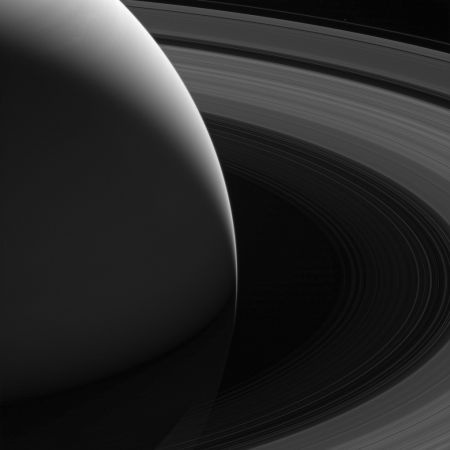Russia to up ISS crew back to three
In order to integrate the new Nauka module, expected to launch in 2019, the Russians plan to increase their crew size on ISS back to three in late 2018.
[L]ong before the Nauka’s arrival, the Russian crew members aboard the ISS will have their hands full with various chores preceding the docking of the 20-ton spacecraft, which will increase the size and mass of the Russian Segment by almost a third. Moreover, once the module is in place, Russian cosmonauts are expected to labor into the 2020 to fully plug all the systems of the new room into their home in orbit. The total time required to integrate Nauka is expected to reach 2,000 work hours, including 11 spacewalks!
The preparations for the addition of the long-awaited module were scheduled to begin less than a year from now on Sept. 8, 2018, with the launch of the three members of Expedition 57 crew aboard the Soyuz MS-10 spacecraft. The launch will mark the first time since October 2016 that a Soyuz will lift more than one Russian cosmonaut.
Nauka is more than a decade behind schedule, which puts it in the same league as SLS and Orion. But then, Nauka, like SLS and Orion, is a government-built project, so no one should be surprised that it has taken so long. The goal isn’t the exploration of space. The goal is to create jobs, even if they don’t accomplish anything for decades.
In order to integrate the new Nauka module, expected to launch in 2019, the Russians plan to increase their crew size on ISS back to three in late 2018.
[L]ong before the Nauka’s arrival, the Russian crew members aboard the ISS will have their hands full with various chores preceding the docking of the 20-ton spacecraft, which will increase the size and mass of the Russian Segment by almost a third. Moreover, once the module is in place, Russian cosmonauts are expected to labor into the 2020 to fully plug all the systems of the new room into their home in orbit. The total time required to integrate Nauka is expected to reach 2,000 work hours, including 11 spacewalks!
The preparations for the addition of the long-awaited module were scheduled to begin less than a year from now on Sept. 8, 2018, with the launch of the three members of Expedition 57 crew aboard the Soyuz MS-10 spacecraft. The launch will mark the first time since October 2016 that a Soyuz will lift more than one Russian cosmonaut.
Nauka is more than a decade behind schedule, which puts it in the same league as SLS and Orion. But then, Nauka, like SLS and Orion, is a government-built project, so no one should be surprised that it has taken so long. The goal isn’t the exploration of space. The goal is to create jobs, even if they don’t accomplish anything for decades.




